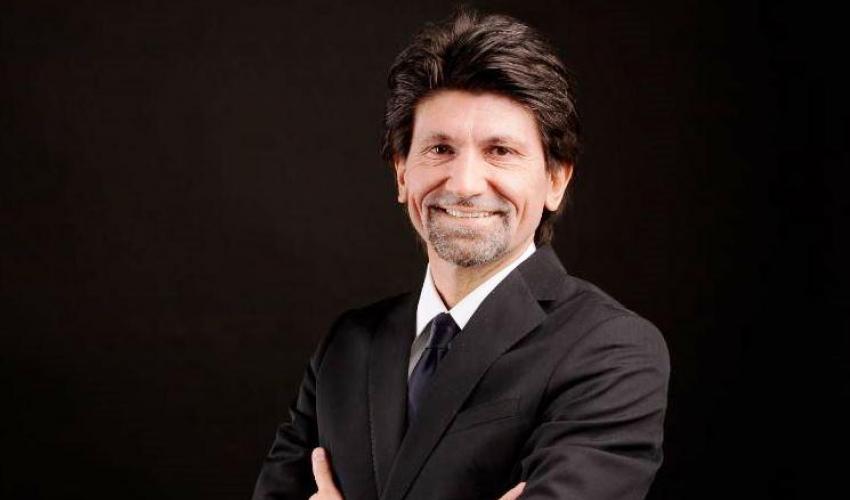
On Innovation, Managers Can Learn from Starred Chefs
PRODUCT, TECHNOLOGY, AND BUSINESS MODELS ARE THE DAILY BREAD IN HAUTE CUISINE. CORPORATE EXECUTIVES CAN TAKE LESSONS IN INNOVATION FROM STAR CHEFS LIKE CRACCO, ADRIA', BOTTURA AND MARCHESIby Gianmario Verona, Dept. of Management and Technology, Bocconi
Translated by Alex Foti
Continuous innovation is a company’s ability to create new products and services for markets that add economic value. The theory of innovation, as systematized in economic literature, says it has three basic ingredients: product, technology, business model. Their combination in a winning recipe means being able to meet consumer preferences in a superior way. But what’s the secret recipe of success in innovation?
Haute cuisine is not just an apt metaphor to describe innovation, it is itself an innovative industry CEOs and managers can take lessons from, in order to understand the contemporary logic of innovation in fast-evolving markets.
As in most other industries, innovation means first of all a winning product. For a chef, product innovation means a signature dish, the equivalent of a dress designed by a famous fashion stylist, which makes him or her recognizable by the public and especially food critics, who can extol chefs with highly-sought Michelin stars, and including them in more national restaurant rankings like the Espresso guides in Italy or Zagat guides in the US.
Thus we have Gordon Ramsey’s Beef Wellington, Carlo Cracco’s Marinated Egg, and Gualtiero Marchesi’s Gold Leaf Risotto, distinctive dishes that consecrate thir makers, so much that they are cited in the menus of competitors.
Innovation also needs tools, new technologies to support economic activity and embody the progress of knowledge into new processes. Chefs are well aware of this, and their cooking techniques increasingly make use not only of traditional tools, but also developments in food science and in food processing technology. For example, molecular cuisine (which alters the molecular structure of foods) has evolved from the pioneering phase led by chefs like Ferran Adrià of ElBulli in Spain, Ettore Bocchia at the Grand Hotel of Villa, and Massimo Bottura at Osteria Francescana, into a whole new cuisine style, succeeding the so-called nouvelle cuisine which had been all the rage in starred resturants around the world in the 1990s.
The third form of innovation, namely a new business model, is the most pressing issue today, however. Managers are forced to rethink strategy innovatively to reach new markets. From this point of view, chefs are masters of change. In recent years, they have inundated bookstores with cuisine books and TV programs with cooking shows. Masterchef (currently in its fourth season in Italy) and Hell’s Kitchen (in its third season) are extremely popular reality television formats, whose success on the screen is only paralleled by music competitions. Chefs are often guests of talk shows and give their opinion on subjects other than cooking and baking. It’s a global phenomenon, which, from North America and Northern Europe, is expanding to the whole world.
More recently, chefs have started devising new ways of providing their services. Consider what happened to Davide Oldani, who starting from his D’O, a one-Michelin-star restaurant which has become famous for very high quality at affordable prices, has sprouted several business initiatives, including temporary stores in key cities, Davide Oldani Cafés in airports, as well as sub-brands devoted to cutlery design, in order to better enjoy the food (and provide an extra source of revenue).
Summing up, product innovation and new business models with new technologies are crucial to rethink a business or an industry. High cuisine chefs are an excellent example of how to do it, beyond the usual Silicon Valley success stories. They provide hints on how to use innovation creatively and manage innovative processes in a world that is changing at an accelerating pace.
